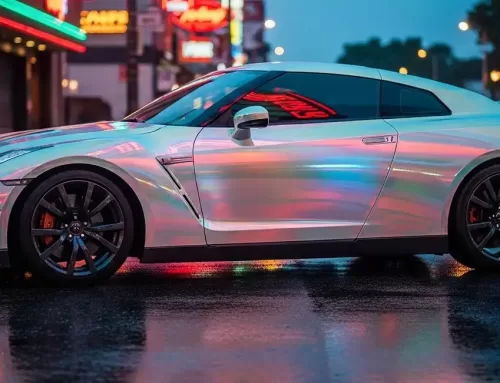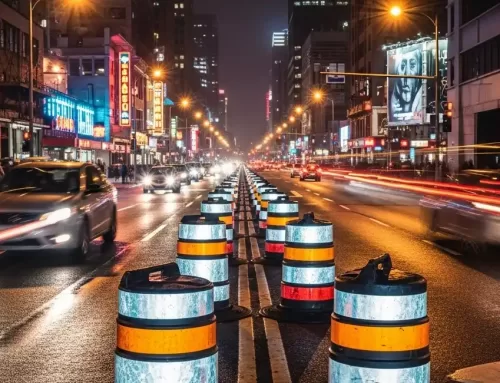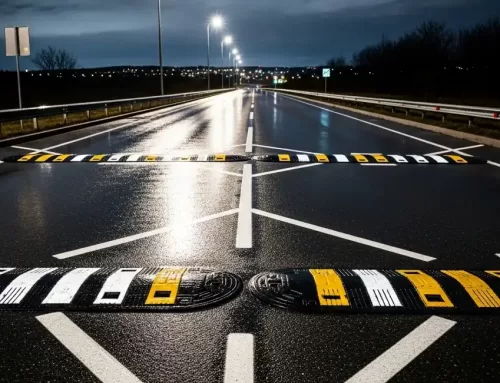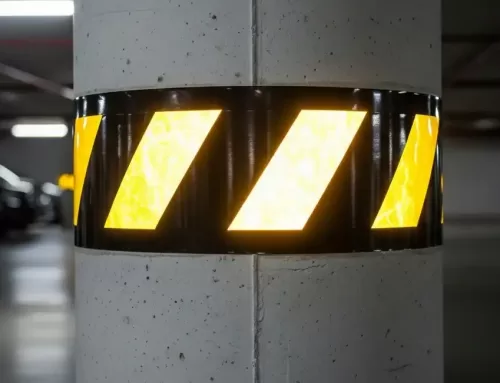Screen printing is the most multipurpose process and is utilized on different mediums like paper, board, metal, fabrics, plastics, glass, nylon, cotton and reflective sheeting as well. The products produced with screen printing include posters, labels, signage and all types of textiles and electronic boards. The main merit that makes screen printing stand apart from other printing process methods is that it can work on different surfaces of any shape or size and also a thicker ink can be used. These features facilitate some of the very interesting designs which are not possible with other forms of printing. With its widespread use, what you may not know that it is one of the oldest forms of printing and is also known by other names such as silkscreen, serigraphy, and serigraph printing.
How does screen printing work?
When screen printing was first developed, the screens used were made of silk, hence the name silkscreen printing, but today the screens used are made of synthetic polyester mesh. To start with the screen printing, the first step is pre-processing the mesh-the mesh is immersed in a purpose-mixed light-sensitive emulsion and left to dry in a dark room. The second step, once the emulsion has set, a dark print-out negative or non-transparent stencil cut-outs of the design are placed onto the mesh and exposed to intense ultraviolet light. The light hardens the emulsion further, but the dark color or stencil cut-out prevent the light from reaching it. The third step, the mesh is then washed with water rinsing away the non-hardened areas, leaving membrane gaps creating a pattern through which ink will be squeezed. The mesh screen is now ready for use.
The mesh is placed onto the substrate to be printed and clamped down. A small reservoir of ink is placed on the screen and a blade or squeegee is used to spread the ink across the screen so that it flows onto the stencil cut-out and a reverse stroke of the blade then causes the screen to touch the substrate. This causes the ink to move onto the substrate and be pulled out of the mesh apertures as the screen springs back after the blade has passed. One color is printed at a time, so several screens can be used to produce a multicolored image or design.
Advantages of Screen Printing
Versatility
Out of all the printing processes, screen printing is arguably the most versatile because it can be used to print on a great variety of substrates. It is not only effective for the flat surfaces, but also on curved, spherical, and concave surfaces. The medium used in screen print is diverse, depending on screen mesh size traditional inks like UV and solvent-based and also adhesives, conductive silver and dielectric can be used. In addition to direct printing, printing can also be done by an indirect method. Screen printing is first done on gelatin or silicon plate and then transferred onto the substrate.
Scalability
Various parameters of the screen printing process can be controlled to get consistent results which enable large quantities of products to be manufactured at a very cost effective rate.
Customizable
The greater thickness of ink can be applied on screen printing which allows the manufacturers to build up layers of ink to create unique effects that are otherwise not achievable with other printing processes. Screen printing is a simple form of printing where a greater range of inks and dyes are available for use, allowing manufacturers to have more control over the final look of the product.
Measurability
Screen printing has a maximum density range of up to 2.0. Therefore, the light resistance of screen printing products is stronger than that of other types of printing products and is more suitable for advertising and outdoor signage. Immediately after the product has been printed and dried it can be evaluated to get a clear measure of its performance.
Limitations of Screen Printing
• Screen printing is not efficient when it comes to multi-color printing as it can apply one color at a time and for multi-color printing, various screens need to be prepared, therefore causing large wastage and more expenses.
• Not suitable for finely detailed reproductions.
• Not practical for small quantity as new modular needs to be prepared every time.
• Screen printing is not suitable for surfaces with bumps.
Application of Screen Printing in Reflective Sheeting
The process of screen printing is the same for reflective sheeting with the only difference that all acrylic surface and PET surface are specially treated (for painting and application of retroreflective sheeting) and the difference in the inks used. The specialized inks are applied using screen printing on reflective sheeting to provide a compatible and durable imaging system allowing the reflective properties of the sheet to be seen except when using the black color. These inks can be applied to our commercial grade XW3200 and XW3200J reflective sheeting, engineer grade XW5102, XW5104, XW5200, XW7200 reflective sheeting, and high-intensity grade XW 1800 reflective sheeting.
These reflective sheeting are used for manufacturing advertising graphics, promotional signs, temporary warning signs, non-critical traffic signs, snow signposts, fleet vehicle promotional signs, traffic and road signs, barricades, delineators, and other road construction zone devices.
So, this is how screen printing works and is widely used for reflective sheeting as well as to produce reflective logos and signs.






Leave A Comment